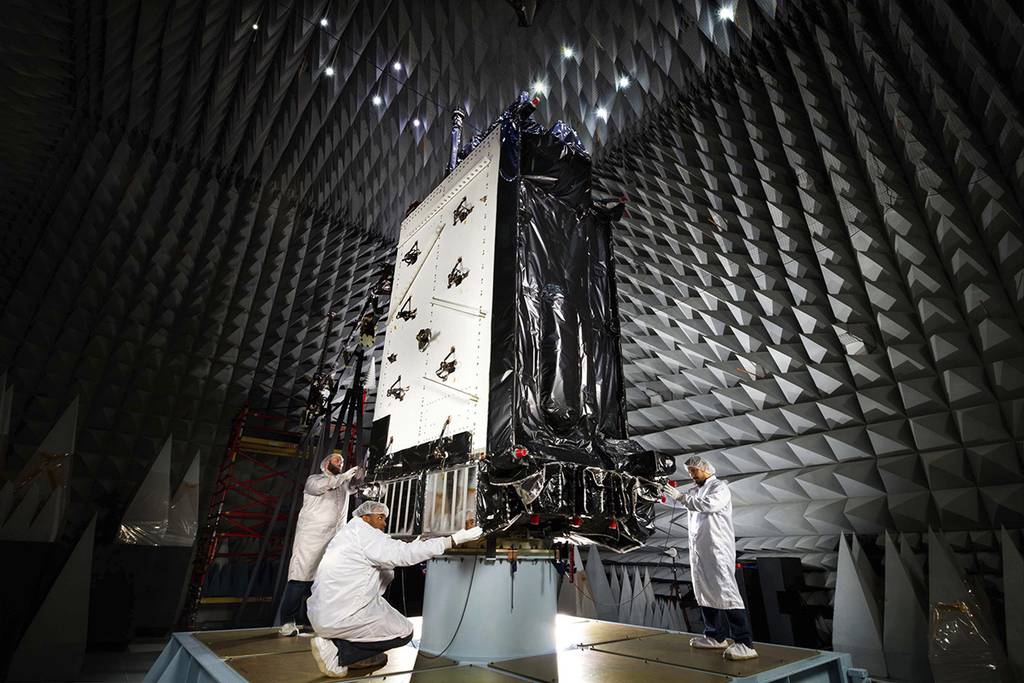After years of delays, a new, modernized ground system for GPS satellites is on schedule for a June 2021 delivery, Raytheon leaders said.
The Next Generation Operational Control System, known as OCX, is expected to improve accuracy, process(?) the highly secure military code version of the GPS signal, increase cybersecurity and increase the number of satellites the system can control from around 30 to over 60.
Just hours after the second GPS III satellite launched from Cape Canaveral, Florida, Aug. 22, Bill Sullivan, Raytheon’s vice president of the GPS OCX explained the program’s state of play.
“It’s going very, very well and obviously we’re very excited about what happened today — that we had a successful launch and it’s good to get the satellites up into orbit,” said Sullivan.
The first block of the system, known as the launch and checkout system, was delivered to the Air Force in September 2017 and was used to control the second GPS III satellite during launch. Simultaneously, the system was still controlling the first GPS III satellite, which launched in December. According to Sullivan, LCS will control both satellites until they have gone through their testing period and the Air Force is ready to transfer them onto the legacy ground control system, which controls the rest of the GPS constellation.
“The launch and checkout system is a subset of the final system,” said Sullivan. “It’s fully cybersecure, and its responsibility is to support the launch and early orbit checkout of new GPS III satellites.”
So far, LCS is exceeding requirements, Sullivan said.
But OCX has a rocky past. The $6.2 billion program is five years behind schedule and cost $2.5 billion more than expected, according to a Government Accountability Office report. In 2016, the massive cost growth of the program triggered a Nunn-McCurdy unit cost breach, which requires a program to be shut down unless the Department of Defense intervenes and approves a new cost estimate.
But as the ground system has been delayed, the next generation of GPS satellites has started to launch. In order to harness some of the GPS III satellite capabilities between the satellites’ launch and the availability of OCX, the Air Force has contracted with Lockheed Martin to upgrade the legacy ground system.
The program was rebaselined in 2017, and since then Sullivan said the project has held its cost and schedule. He added that the second and final block of OCX, which contains the complete system, is set for delivery in June 2021.
“We’ve actually completed development activities. All our software coding is done and all the elements of the system have been built and are in various stages of qualification,” Sullivan said. “What we’re currently doing is taking those elements of the system and integrating them together to be the complete system. And that integration is underway right now and runs into 2020.”
Following that, the project enters the formal test and sell off period, which runs into 2021.
Later this fall, Raytheon will begin deploying hardware, setting up monitoring stations in 17 locations worldwide.
“Progress is really good. We’re very pleased with where we are in the program and look forward to the next couple years and delivering the system to our Air Force customer,” said Sullivan.
Nathan Strout covers space, unmanned and intelligence systems for C4ISRNET.








